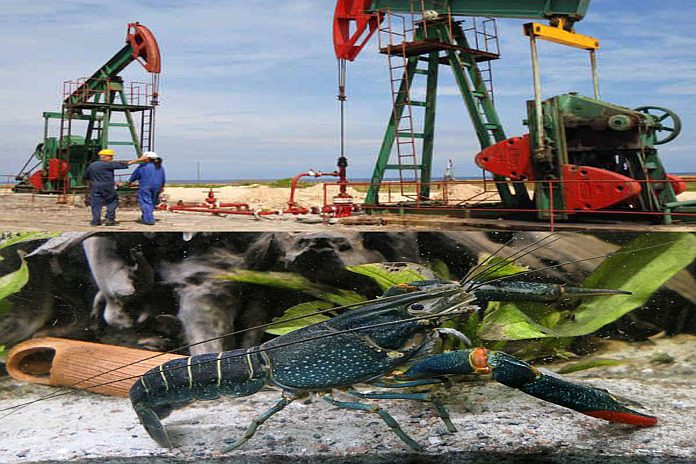HAVANA, Cuba, (ACN) – The 3rd annual Cuba Energy, Oil, and Gas Conference in 2019 showed signs of interest from new investors and the expansion of business opportunities; meantime boosting freshwater lobster farming, as part of a program to diversify and create exportable items.
The two-day meeting, held last November at Havana´s Melia Cohiba Hotel, concluded the first round of bids jointly with the Chinese company BGP, launched in London and promoted in Beijing, China´s capital.
Juan Andres Barrizondo, exploration manager of Cuba Petroleo (CUPET by its Spanish acronym), said that on this occasion 24 blocks were covered in the Exclusive Economic Zone of the Gulf of Mexico, in deep waters and with wide perspectives. He also stated that Cuba has a fully functioning oil system, so “we are looking for investors so that their high-tech equipment can drill, explore and confirm the resources in the area”.
For his part, Pedro Arturo Sorzano, CUPET general manager, announced that the round will be extended until 2021 due to the interest and possibilities of oil companies in the area and the signing of partnership contracts. CUPET, with an estimated seven billion barrels of oil at its sites and highly prospective but underdeveloped fields, is leading a new push in the oil and gas sector, crucial for the country, according to experts in the subject.
According to statistics, Cuba produces about three million tons of crude oil and another million of gas equivalent annually, but the aim is to change the energy matrix due to its dependence on fossil fuels, increasing the use of renewable energy sources.
Meanwhile, Cuba has begun intensive breeding of freshwater lobsters (Cherax quadricarinatus) in its central province of Santi Spiritus, as part of a program to diversify and create exportable items.
Pedro Plasencia Sosa, director of UCUISER company, told Cuban News Agency that the priority today is to boost the reproduction bank of the species also known as red claw, with high productive potential, essential in the project.
We have about 80 square meters of pools with reproducers and larvae,” he said, “and from the latter will come out males and females to continue the reproductive cycle and lobsters that will be incorporated into the bait in the last quarter of this year. The reproduction and development of larvae is carried out today in facilities that were used for other species,” Plasencia Sosa said, “but an investment has already been approved in the first half of 2020 to create new pools and readapt others to consolidate the breeding of the crustacean.
According to Yosbany Álvarez López, a technician at the farm that is hosting the freshwater lobster project, they have all the qualified personnel to promote this productive innovation and the material resources that are essential for this purpose.
The province of Santiago de Cuba is today the national reference in freshwater lobster breeding, a crustacean native to northern Australia, where there is a tropical climate similar to Cuba’s, ideal for the development of the species.





